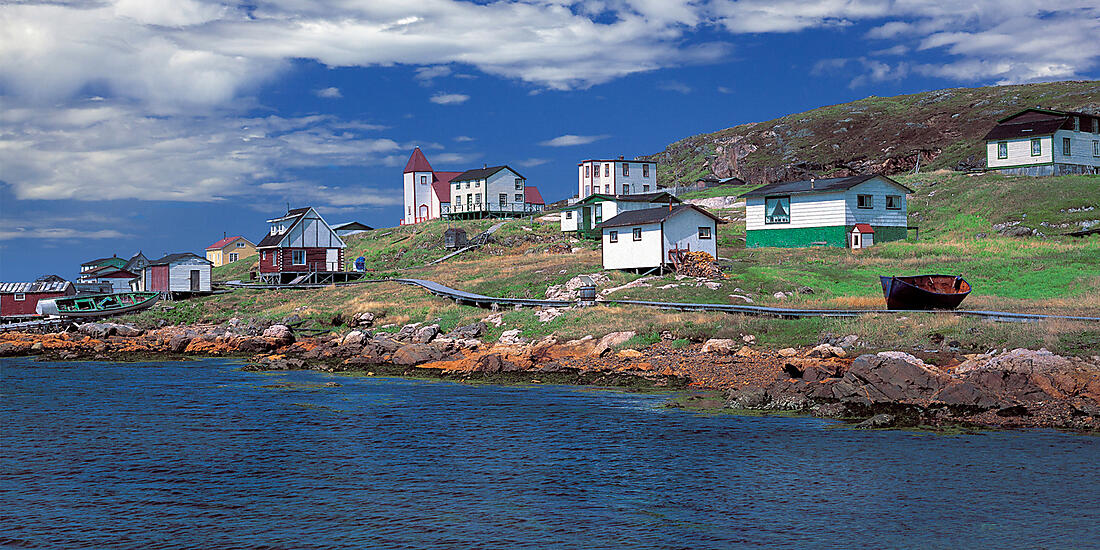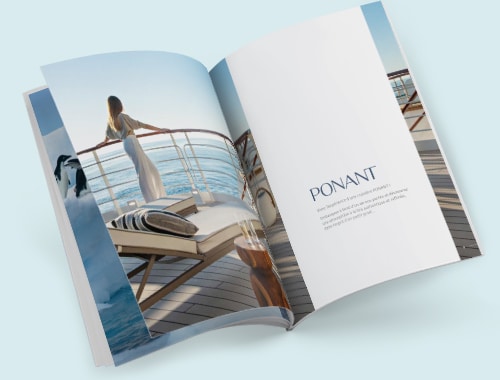reasons for a North American cruise
Exploring urban or natural environments, megacities or abundant forests, giant lakes or a sea full of fish... From the western coast of the US and Mexico to the Gulf of Saint Lawrence in Canada, the best way to discover the diversity of North America is through a cruise.
Read more
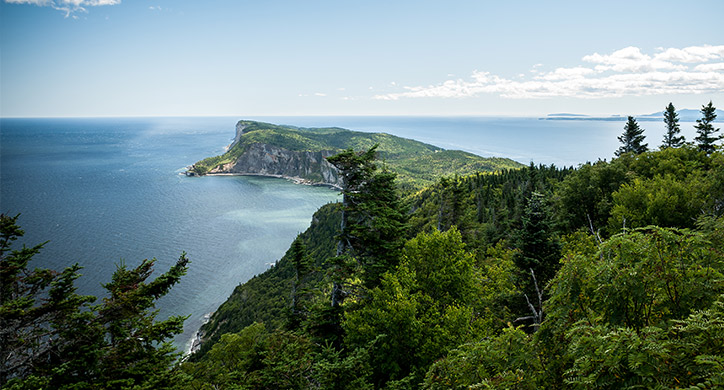
Essential North America
USA, Canada, Mexico... In North America, magnificent natural landscapes and cities rich in culture appear one after another. Experience essential activities during a cruise in North America.
Read more
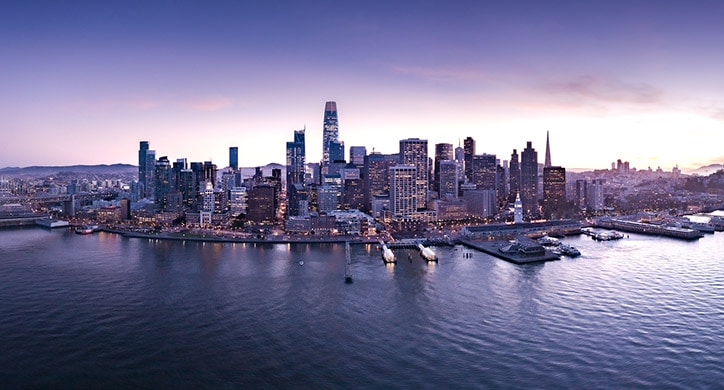
Explore North America
3 reasons for a North American cruise
Exploring urban or natural environments, megacities or abundant forests, giant lakes or a sea full of fish... From the western coast of the US and Mexico to the Gulf of Saint Lawrence in Canada, the best way to discover the diversity of North America is through a cruise.

Explore cosmopolitan coastal cities
San Francisco, San Diego, Boston, Montreal, Toronto, Vancouver… European, Hispanic and Asian influences mix in these megacities, where a stroll elicits curiosity and wonder. Indian quarters, Chinatown and historic districts sit side by side in a melting pot of shops, museums, art galleries, restaurants and cafes, which are a testament to the tenacity of these cities, the jewels of North America.
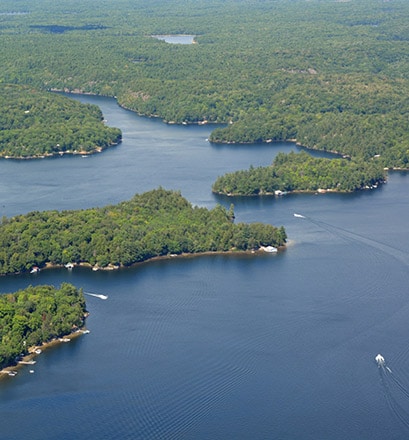
Sail in the heart of amazing nature
Sail up the mouth of the Saint Lawrence River, passing through locks, cross the iconic Great Lakes, including Lake Ontario and Lake Michigan, enjoy the hypnotic spectacle of the iconic Niagara Falls, visit various national parks containing lush vegetation, or verdant forests alongside wild islands, sandy beaches, cliffs and mountains... North America is full of landscapes with unrivalled diversity, even more remarkable when seen from the water.
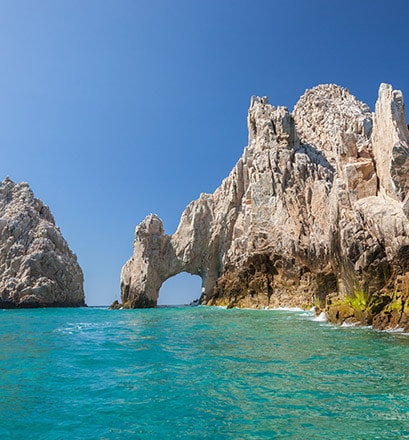
Admire the incomparable marine life
In the Gulf of California, most of the islands have UNESCO world heritage status and include marine parks, guaranteeing unique biodiversity. Sea turtles, dolphins, rays, California sea lions, many species of fish and seabirds all live here in harmony. You'll understand why Jacques Cousteau liked to call the Gulf of California the “largest aquarium in the world”. On the Canadian side, the spectacle provided by marine mammals at the mouth of the Saguenay River is one of the highlights of a Saint Lawrence cruise.
Essential North America
USA, Canada, Mexico... In North America, magnificent natural landscapes and cities rich in culture appear one after another. Experience essential activities during a cruise in North America.

Admire a view of Los Angeles from an observatory — California
Sprawling, iconic, the city of Los Angeles is no less impressive from above.The Griffith Observatory is the ideal viewing point to place the City of Angels at your feet! From here, the view is spectacular, especially at sunset when the sky is tinted with a thousand shades of orange. You only have to turn your head to see the famous Hollywood sign a little higher up.
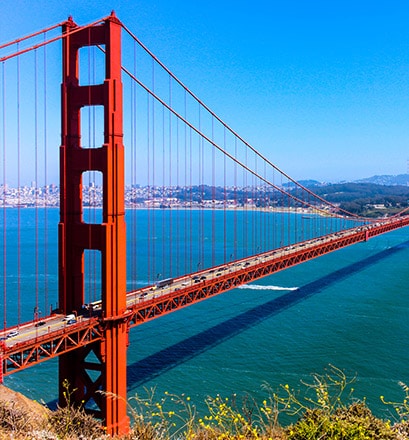
Cross the San Francisco Golden Gate Bridge by bike — California
San Francisco is famous for its steep roads, but it is still pleasant to cycle around certain neighbourhoods. From the famous Fisherman's Wharf waterfront, a 13-km route takes you to the small town of Sausalito, passing by the famous Golden Gate Bridge. Exceptional viewing points and houses along the waterfront make this an unforgettable trip.
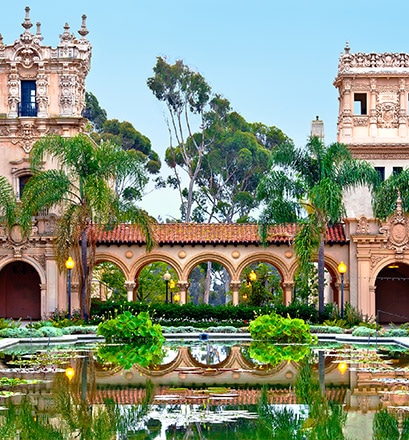
Take a cultural break at San Diego's Balboa Park — California
Balboa Park is one of the largest cultural parks in the US. This is because it has 15 museums, arts venues, gardens and a zoo that is one of the best in the world. Among these sites, the San Diego Museum of Art is particularly known for its works from all over the world, but also for its contemporary collections where works by Dali, Matisse and Picasso mix with those by Gauguin, Munch, Braque, O'Keeffe and Magritte.
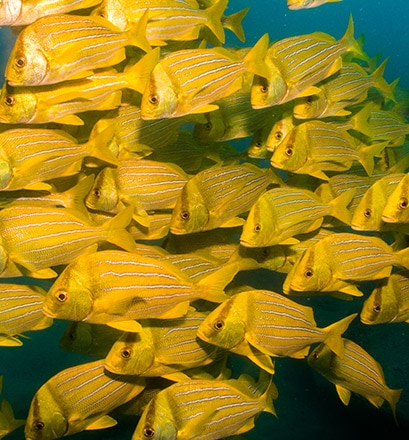
Dive in the Gulf of California — Mexico
Baja California is a region that is beyond classification in terms of the aquatic fauna, which will delight nature lovers and, even more, those who love scuba diving. Spread across the Gulf of California, various islands are a home for fauna that is easy to observe. Dolphins, sea turtles, rays and more than 800 species of fish find the nutrients they need here. At certain times of the year, blue, grey or humpback whales, shark whales, cachalots and fin whales are also present.
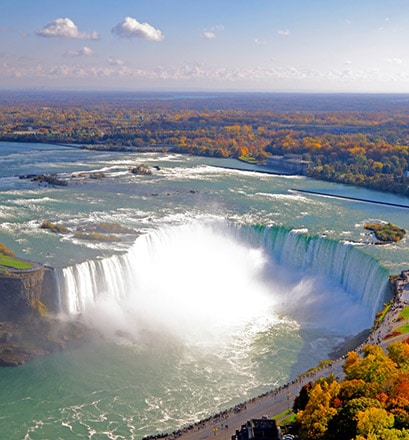
Get up close to Niagara Falls — USA & Canada
The Niagara Falls are an icon. They are made up of three waterfalls linking Lake Erie to Lake Ontario: the Horsehoe Falls, the American Falls and Bridal Veil Falls. The most powerful waterfalls in North America, they have a flow rate of 2,800 m3 per second. The rumbling that you hear and the water froth that they form confirm their power.
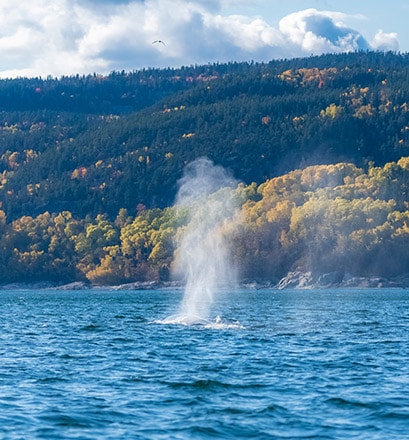
Watch whales at the Saint Lawrence River estuary — Canada
Where the river meets the ocean, in a suspended moment in time, the first spurts attest to the presence of whales. You hear them before seeing them. Then these giants of the ocean begin majestic jumps, throwing up spouts of water. Their power, the beauty of their ballet, their massive size: all this invites you to awe.
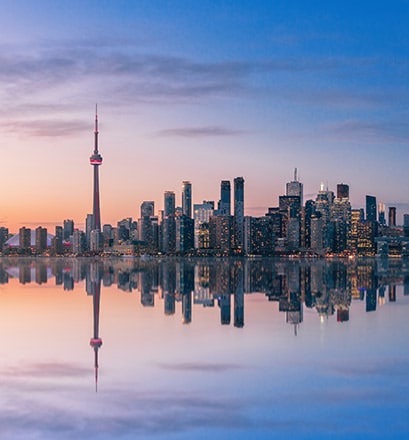
Discover multicultural Toronto — Canada
With three million inhabitants, Toronto is the most populated city in Canada. It brings together the most cultural influences too. Chinese and Polish quarters, the old hippie area, Kensington district, Little India, Portugal Village...you can easily be absorbed into the history of the city in its lively streets. The Ontario Royal Museum and the CN Tower provide a striking view over the sprawl.
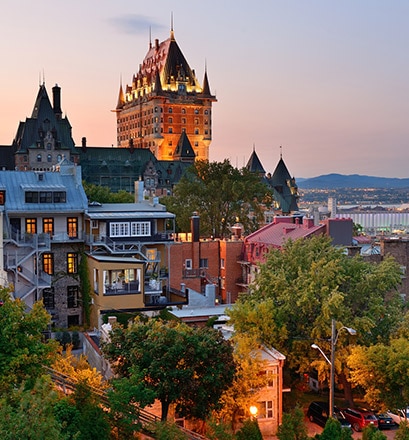
Take a French-speaking interlude in Quebec — Canada
The city of Quebec has everything to charm the tourists that visit. Whether visiting the Petit-Champlain quarter and its pleasant pedestrian streets lined with craft stalls and traditional houses, the UNESCO World Heritage Old Town, the magnificent Saint Lawrence River, the Fine Arts Museum, or the Chute-Montmorency, an observatory that delivers a 360° view across the city, roaming through Quebec is an easy pleasure.
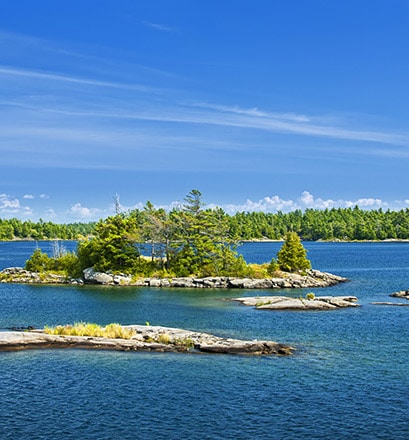
Fly over Georgian Bay — Canada
In the north of Toronto, on Lake Huron, Georgian Bay is stunning with its landscapes of cliffs and rocks that emerge from the transparent waters. Flying in a helicopter over the banks of the Parry Sound above the coast will allow you to appreciate the steep panoramas and the wild stretches of Killbear Park, with wet moorland, beaches and grasslands.









